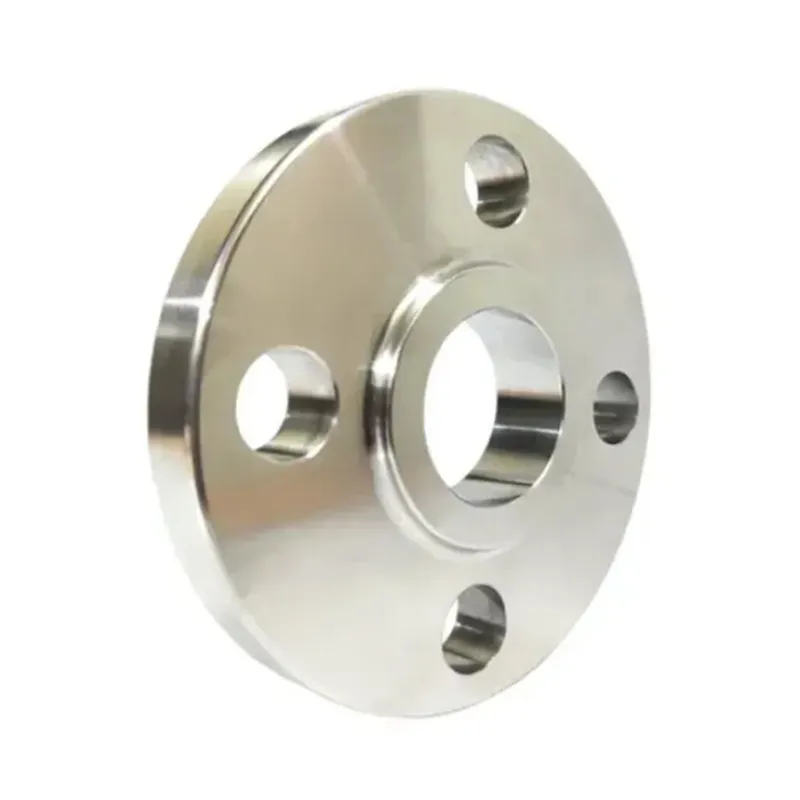-
Cangzhou Yulong Steel Co., Ltd.
-
Phone:
+86 13303177267 -
Email:
admin@ylsteelfittings.com
- English
- Arabic
- Italian
- Spanish
- Portuguese
- German
- kazakh
- Persian
- Greek
- French
- Russian
- Polish
- Thai
- Indonesian
- Vietnamese
- Zulu
- Korean
- Uzbek
- Hindi
- Serbian
- Malay
- Ukrainian
- Gujarati
- Haitian Creole
- hausa
- hawaiian
- Hebrew
- Miao
- Hungarian
- Icelandic
- igbo
- irish
- Japanese
- Javanese
- Kannada
- Khmer
- Rwandese
- Afrikaans
- Albanian
- Amharic
- Armenian
- Azerbaijani
- Basque
- Belarusian
- Bengali
- Bosnian
- Bulgarian
- Catalan
- Cebuano
- China
- China (Taiwan)
- Corsican
- Croatian
- Czech
- Danish
- Esperanto
- Estonian
- Finnish
- Frisian
- Galician
- Georgian
- Kurdish
- Kyrgyz
- Lao
- Latin
- Latvian
- Lithuanian
- Luxembourgish
- Macedonian
- Malgashi
- Malayalam
- Maltese
- Maori
- Marathi
- Mongolian
- Myanmar
- Nepali
- Norwegian
- Norwegian
- Occitan
- Pashto
- Dutch
- Punjabi
- Romanian
- Samoan
- Scottish Gaelic
- Sesotho
- Shona
- Sindhi
- Sinhala
- Slovak
- Slovenian
- Somali
- Sundanese
- Swahili
- Swedish
- Tagalog
- Tajik
- Tamil
- Tatar
- Telugu
- Turkish
- Turkmen
- Urdu
- Uighur
- Welsh
- Bantu
- Yiddish
- Yoruba

Nov . 17, 2024 15:22 Back to list
Understanding Standard Hose Fitting Sizes for Optimal Compatibility and Performance in Plumbing
Understanding Standard Hose Fitting Sizes
When it comes to plumbing, gardening, and various industrial applications, understanding hose fitting sizes is crucial for ensuring proper connections and functionality. Hose fittings are integral components used to connect hoses, pipes, valves, and other equipment. They come in myriad sizes, shapes, and materials, but standardization simplifies the process of choosing the right fitting for the job.
What Are Hose Fittings?
Hose fittings are devices that secure hoses to other equipment. They can be threaded, barbed, or push-fit types, each designed for specific applications. The key to effective operation lies in choosing the correct fitting size that matches both the hose and the attachment point.
Standard Sizes
Most hose fittings are based on standard measurements. Commonly used in both domestic and industrial applications, these standards help streamline the selection process. One of the most recognized standards is the National Pipe Thread (NPT), which defines sizes for threaded connections. For example, a 1-inch NPT fitting has a specific outer diameter, thread count, and taper, making it easier to find compatible hoses and connectors.
Another common standard is the Garden Hose Thread (GHT), typically found in residential garden hoses. GHT fittings have a standardized connection that fits most home gardening systems and watering equipment. They generally come in ¾-inch and ½-inch sizes, catering to various flow requirements.
Why Size Matters
standard hose fitting size

Using the correct hose fitting size is vital for several reasons. First, it ensures a leak-proof connection, preventing fluid or air loss during operation. Mismatched sizes can lead to pressure drops, inefficient systems, or even catastrophic failures in high-pressure situations.
Secondly, using the right size guarantees optimal performance. Hoses and fittings are designed to handle specific flow rates and pressures. Using a fitting that is too large or too small can restrict flow, resulting in diminished performance or increased wear and tear on components.
Measuring Hose Fitting Sizes
To determine the appropriate size, several methods can be used. For threaded fittings, it’s essential to measure the outer diameter of the male fitting's threads and the inner diameter of the female fitting. For barbed fittings, measuring the hose's inner diameter and ensuring a snug fit over the barb is key.
Using calipers for precision or referencing fitting charts can help accurately determine the right size. It’s also critical to pay attention to the system's specifications or consult with manufacturers to ensure compatibility.
Conclusion
In conclusion, standard hose fitting sizes play a pivotal role in various applications—be it residential gardening, industrial plumbing, or automotive contexts. Understanding the standards, measuring correctly, and selecting the right fittings can prevent issues down the line and guarantee efficient operation. When in doubt, consulting with experts or manufacturers can provide clarity and guidance, ensuring that your systems run smoothly and effectively. Whether you are a DIY enthusiast or a seasoned professional, mastering hose fitting sizes is essential for achieving reliable and efficient connections.
Latest news
-
ANSI 150P SS304 SO FLANGE
NewsFeb.14,2025
-
ASTM A333GR6 STEEL PIPE
NewsJan.20,2025
-
ANSI B16.5 WELDING NECK FLANGE
NewsJan.15,2026
-
ANSI B16.5 SLIP-ON FLANGE
NewsApr.19,2024
-
SABS 1123 FLANGE
NewsJan.15,2025
-
DIN86044 PLATE FLANGE
NewsApr.19,2024
-
DIN2527 BLIND FLANGE
NewsApr.12,2024
-
JIS B2311 Butt-Welding Fittings LR/SR 45°/90° /180°Seamless/Weld
NewsApr.23,2024











